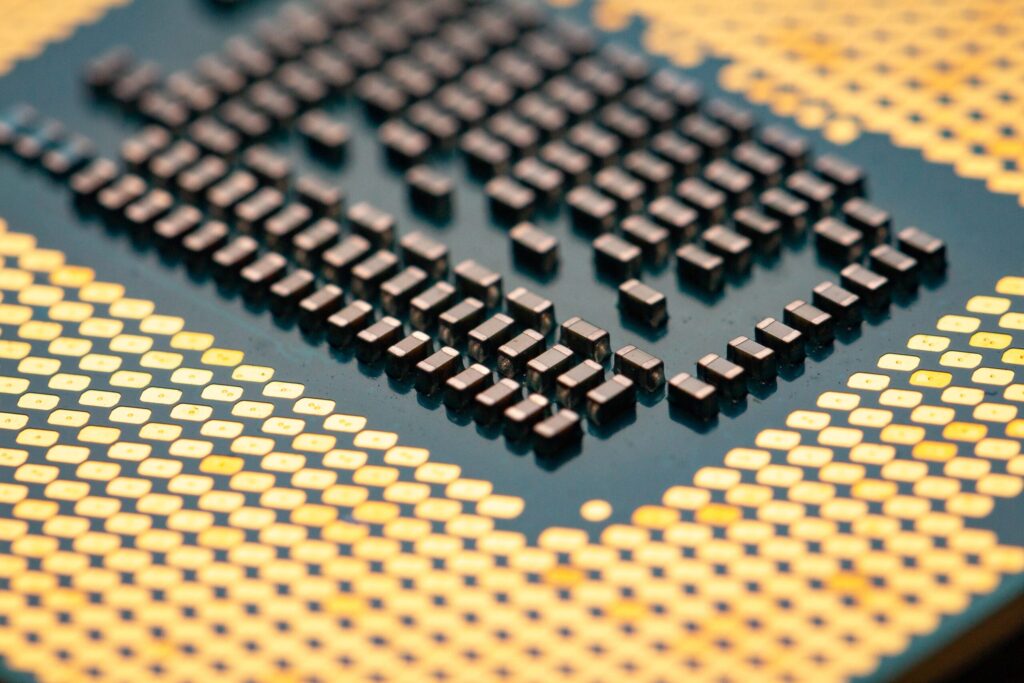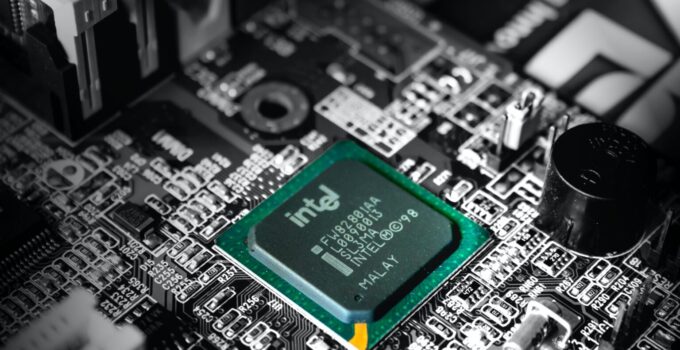Intel Aims to Leapfrog a Decade of Chip Tech to Rival Apple’s M3 by 2024. The ongoing rivalry between tech titans Intel and Apple appears far from reaching a conclusion, especially in light of recent bold statements from Intel’s CEO, Pat Gelsinger. Despite Apple setting new industry benchmarks with its M3 series chips, Intel is not backing down, signaling a spirited competition ahead. The tech industry is abuzz with Intel’s audacious claims that it will condense a decade’s worth of semiconductor advancement into a mere four years—a feat that, if achieved, could significantly shake up the dynamics of the chipmaking sector.
iOS 17 Bolsters iPhone’s Visual Search to Decode Car Dashboard Symbols
Historically, Intel’s evolution in the chipmaking process has been perceived as lagging, particularly when juxtaposed against the rapid strides made by Apple with its in-house ARM-based chips. This perceived sluggishness in innovation was a contributing factor in Apple’s shift away from Intel, opting to forge its path with its own silicon designs. But Intel’s leadership has been making concerted efforts to rewrite this narrative, and their latest roadmap suggests an aggressive acceleration in their manufacturing processes.
Intel, once a partner and now a rival in the semiconductor arena, has previously downplayed Apple’s technological endeavors, even labeling them as “a lifestyle brand.” Their competitive banter has spanned various ad campaigns where Intel has boasted about its chips’ capabilities over Apple’s offerings, claiming superiority in performance. Nevertheless, every instance Intel has set a benchmark, Apple has surpassed expectations with the release of its M1 Pro, Max, Ultra series, followed by the M2 and the latest M3 series.

Pat Gelsinger’s recent commentary at the Intel Innovation Day in Taipei underscored a confident stride toward reclaiming industry leadership. Intel’s flagship chip design, the 18A, is anticipated to transition into the proof-of-production phase in early 2024. This would mark a significant milestone in the “five nodes in four years” initiative, a plan that has been pursued vigorously since Gelsinger’s return to Intel in 2021.
The roadmap laid out by Intel charts an ambitious journey through successive generations of chipmaking technologies—starting from Intel 7 and Intel 4, proceeding to Intel 3, and further into the realms of Intel 20A and Intel 18A. By adopting a similar packaging process to Apple—integrating CPU, GPU, and memory into a unified system—Intel anticipates matching, if not exceeding, Apple’s chip performance by the next year.
Despite Intel’s optimism, skepticism remains within the industry. TSMC founder Morris Chang has expressed doubts about Intel’s ability to bridge the gap, suggesting that Intel may continue to be overshadowed by TSMC’s advancements. It’s worth noting that TSMC’s groundbreaking 3-nanometer technology has been employed in the A17 Pro chips of the premium iPhone 15 models, setting a high bar for competitors.
This looming competition not only illustrates the relentless pace of innovation that defines the semiconductor industry but also highlights the strategic shifts companies must make to stay relevant. As Intel forges ahead with its accelerated development timeline, and Apple continues to innovate at the forefront of chip technology, the industry watches with bated breath to see if Intel can indeed close the gap and offer a formidable challenge to Apple’s silicon supremacy.


